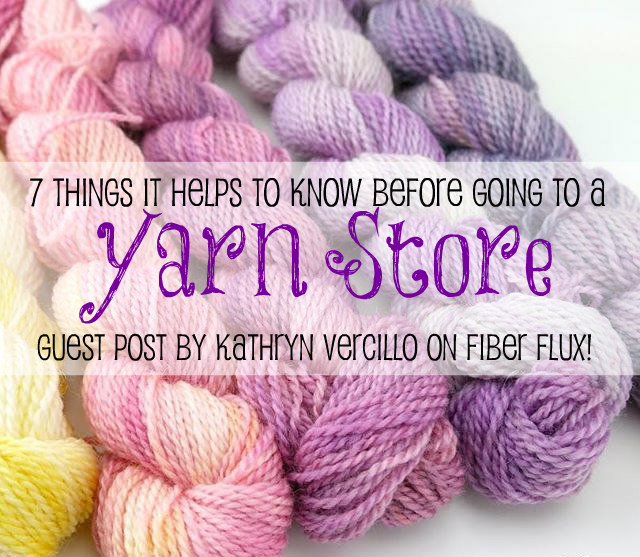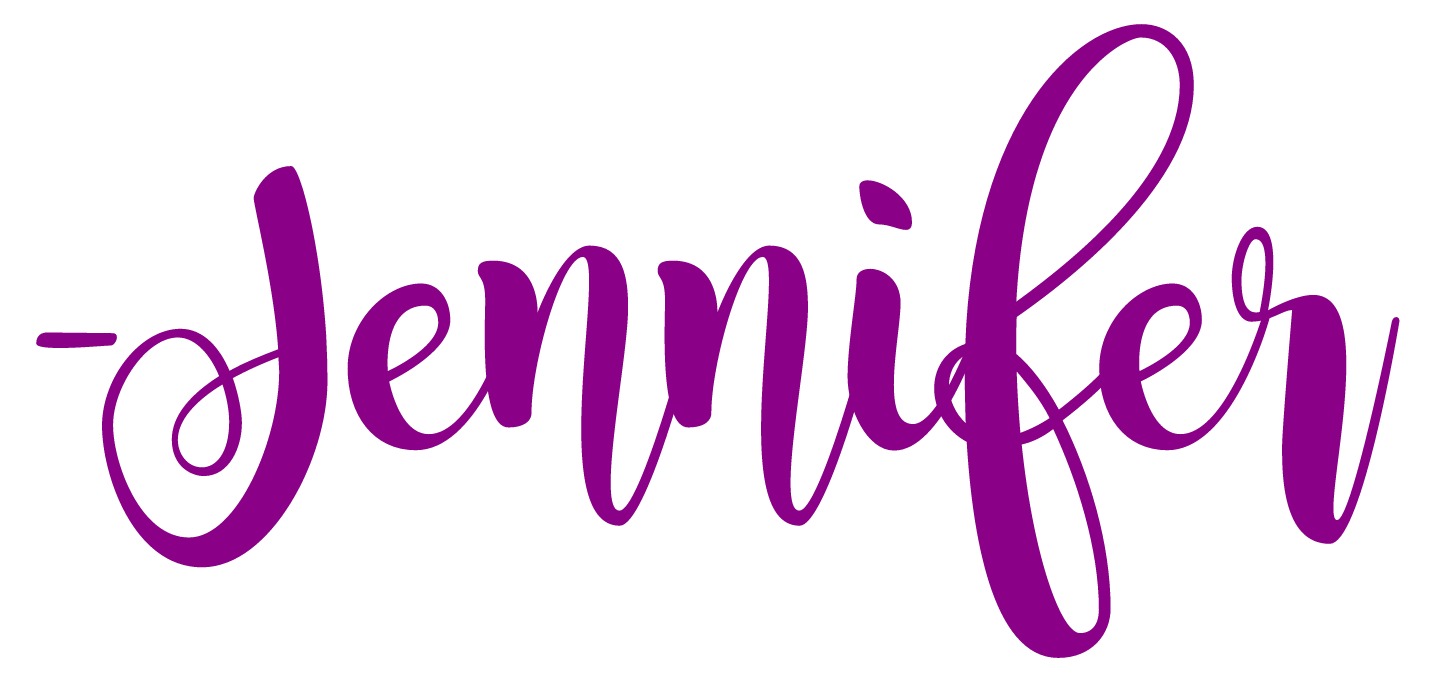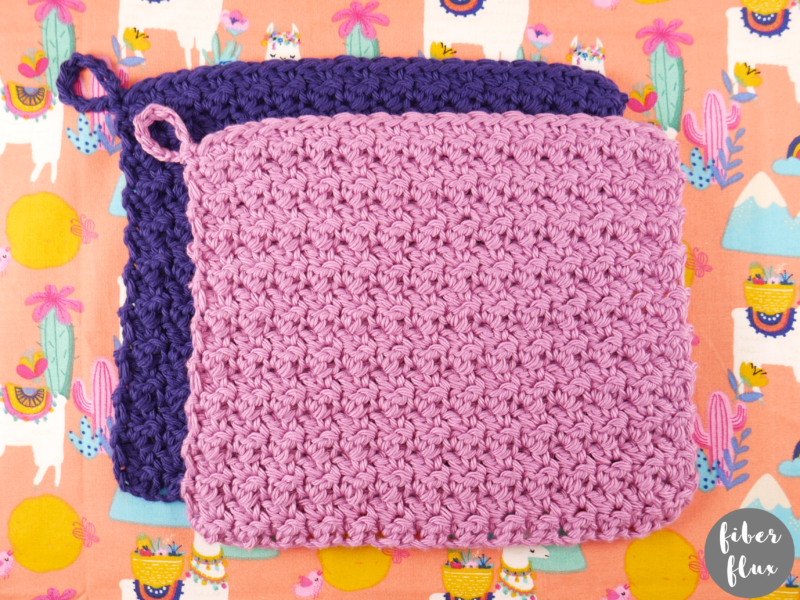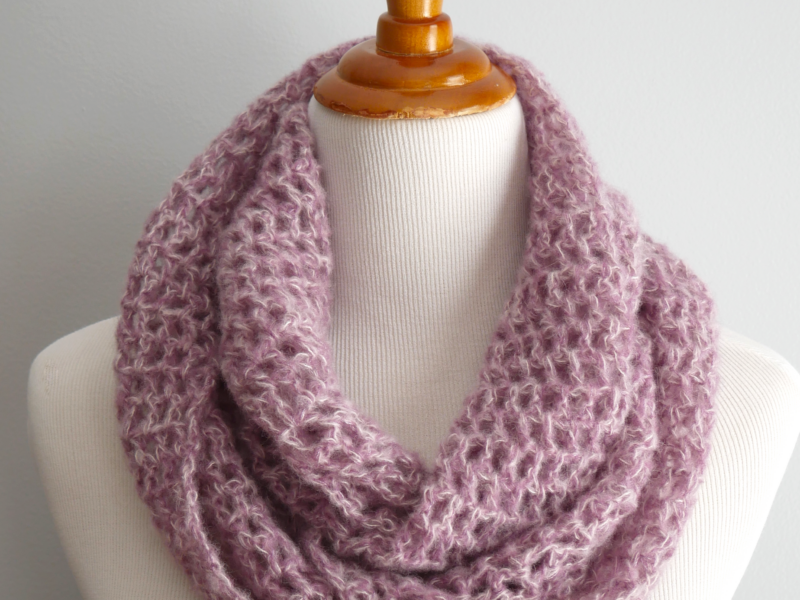Hi everyone! I am so excited to share a great guest post from the lovely Kathryn Vercillo of Crochet Concupiscence! Kathryn is a freelance writer, designer, and author of several books including Crochet Saved My Life, an exploration of the mental and physical health benefits of the craft. Welcome to the Fiber Flux community Kathryn!
Check out Kathryn’s book here!
(affiliate link)
7 Things It Helps to Know Before Going to a Yarn Store
By Kathryn Vercillo
When you first learn how to crochet, you are probably going to be eager to get to a yarn store and buy lots of great fiber to practice the craft. However, it can actually be intimidating the first time that you go to buy yarn. There is much more to know than just what color yarn you want! Here are seven things that will make it easier to navigate your first few trips to buy yarn:
1. Yarn usually comes with a very informative label. This is going to be your guide for figuring out the other things that will be discussed in this article. Learn how to read a yarn label before you go buy yarn!
2. Yarn is made from many different fibers. The most common yarn choices for crochet are wool, cotton and acrylic. There are also specialty fibers (alpaca, silk, bamboo, jute, and many others). Many yarns are made from a blend of different fibers, so a label might say “50% wool, 50% acrylic”. As you get more practiced at crochet, you’ll learn about the fibers that you like best. As a starting point – acrylic is usually the most affordable and often the most forgiving, cotton is best for items that you don’t want to stretch, and wool is a go-to-choice for creating warm garments. As you get into working more advanced crochet stitches and techniques, you’ll discover that different fiber has better stitch definition for certain patterns.
3. There are different weights of yarn. Yarn is labeled by weight, which refers to how thick the yarn is, and the weight system is 1-7. Each number has its own name (1 is fingering, 4 is worsted, 7 is jumbo.) Different projects work best with different yarn weights. Worsted weight is a common choice and is widely available. Jumbo is not as easy to crochet with but it trends periodically. People interested in crocheting socks and other fine garments will work with fingering or sock weight yarn. There’s also thread, which is a little different than yarn, but is basically a thinner weight than 1. As a beginner, it makes sense to work in the middle ranges.
4. Consider yardage when looking at price. Many different things affect the price of yarn including the fiber content and production costs. That said, when trying to get good value, you want to make sure that you think about the yardage in a skein of yarn. As a general rule you get more yardage with thinner (fingering weight) yarn and less yardage with thicker (bulky weight) yarn. However, within each weight system, any given brand will have a large range – so a ball of worsted weight yarn might have only 50 yards or it might have 400 yards. You may want to try to get at least 200 yards out of an average-priced worsted weight yarn, unless it’s a specialty fiber.
5. Some yarn has to be washed by hand. Different fibers require different care in terms of washing the finished product. And some brands have invented yarns that manipulate this. For example, natural wool usually can’t be hand washed and definitely can’t go in a dryer (it shrinks) but there is a thing now called “super wash wool” that you can toss in the washer and dryer. If you don’t like to hand wash your clothing then this is important to know before you buy the yarn used to make it.
6. You may need to wind your yarn. Yarn is often sold as balls (already wound – including center-pull balls, which are popular), but may also be sold in hanks and skeins (which need to be wound by the buyer). Some stores will wind your yarn for you at no cost, otherwise you may need to wind it when you get home. Winding at home can be down with tools, like a swift, or by hand.
7. There are different types of stores that sell yarn. Many knitters and crocheters like to go to their local yarn store (LYS) to purchase yarn. This is an alternative to big box stores such as Michael’s or Hobby Lobby. The LYS tends to cost a bit more but you have better access to more unique fibers. Usually the person at your LYS is going to be able and willing to answer your questions, which can be really helpful if you’re just getting started with learning how to crochet and need help picking out the best yarn. Of course, you can also purchase yarn online.
This is a guest post by Kathryn Vercillo, blogger at Crochet Concupiscence and author of several books including Crochet Saved My Life and Mandalas for Marinke. Connect with Kathryn on social media on Facebook, Pinterest, Twitter, and Instagram!
© Jennifer Dickerson 2018
For more fun projects and pretty patterns, be sure to follow Fiber Flux on Google+, Facebook, Twitter, and Pinterest for the latest updates!
Visit the Fiber Flux Yarn Shop…lovely yarn & great prices!


 (Affiliate links, enjoy these awesome products and thanks as always for your support!)
(Affiliate links, enjoy these awesome products and thanks as always for your support!)







I would just like to take the time to say..Thank you! For sharing these 7 things to consider before buying yarn..I've been Crocheting and Knitting for quiet awhile now. .But I can always use more learning. I appreciate you and your time to explain all this.God bless!
This comment has been removed by a blog administrator.